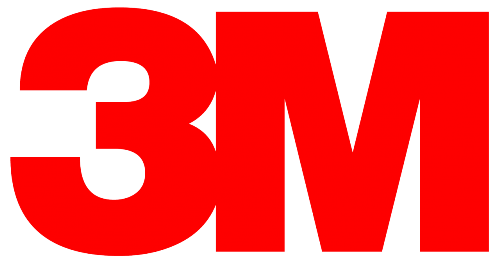| SKU | 7100216267 |
|---|---|
| Legacy SKU | 60440401556 |
| UPC | 00638060764312 |
| Product Number | 361F |
3M Cloth Belt 361F provides you with durability and consistent performance for grinding, blending, deburring, and finishing on all metals, including stainless steel. This belt makes an excellent choice for stainless steel coil finishing, where flexibility, durability, and heat-resistance are needed.
- Durable aluminum oxide abrasive grains cut fast and perform well on many surfaces
- Tough polyester backing provides consistent results in medium-pressure applications
- Heat-resistant resin coating bonds abrasive to backing for durability under pressure, heat, and water
- Construction is ideal for grinding sheets and coils, and for centerless and backstand applications
- Suitable for wet and dry applications
Product Dimensions |
Imperial | Metric |
| Weight | 0 NULL | |
|---|---|---|
| Width | 0 null | |
| Length | 0 null | |
| Height | 0 null |
Shipping Dimensions |
|
| Weight | 35.73301 lb |
|---|---|
| Length | 14.08976 in |
| Width | 14.00984 in |
| Height | 9.2 in |
PRODUCT FAQ
-
What is the grit size of the 3M™ Cloth Belt 361F?
The P180 in the product title refers to its grit size, which indicates a fine abrasive surface.
-
What's the maximum speed at which I can run this belt?
We recommend running it between 6,000-7,000 RPM for optimal performance and results.
-
Is this a good choice for sanding aluminum or other metals?
Yes! This product works well on metal surfaces. Its open coat construction helps reduce loading even when working with softer metals like aluminum.
-
How flexible is it? Will it work well to wrap around curved surfaces?
The Single-flex construction gives some flexibility while maintaining strength. It should be able to handle shaping as needed without compromising its durability on flat surfaces either.
-
Can you tell me about your Sine-lok technology? How does that compare to traditional belts and sanders?
Sine-Lok technology allows users to quickly change their angle of approach when using standard belt sizes without having to recalibrate workpieces or equipment each time they are adjusted--which saves loads of time! Furthermore, this method offers increased stability compared with traditional alternatives resulting in smoother finishes achieved more easily than ever before!





